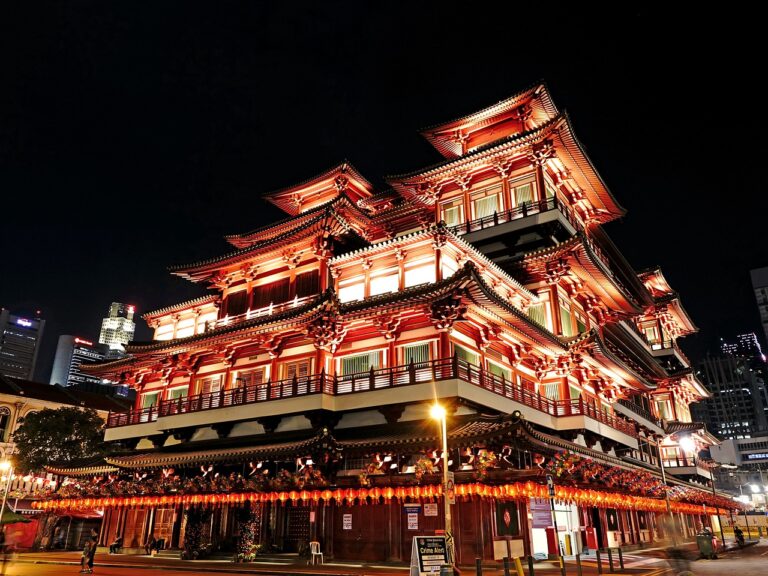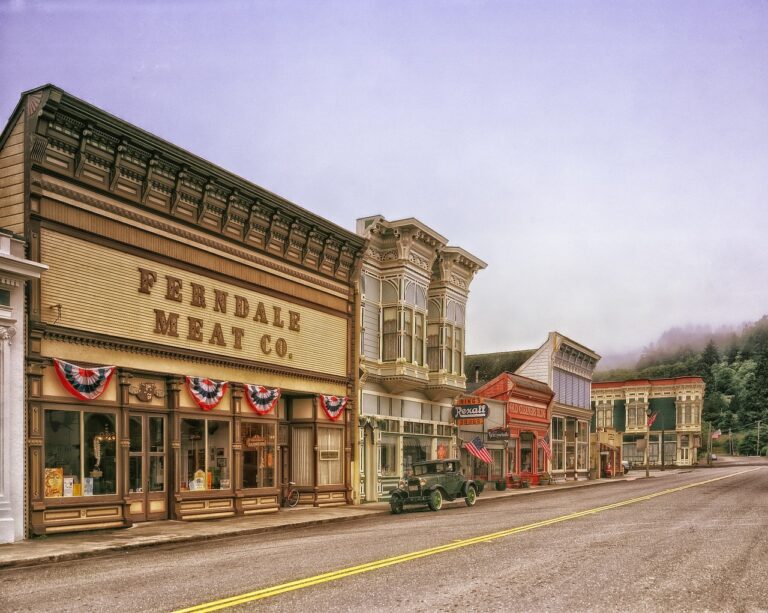The Role of Cradle-to-Cradle Design in Sustainable Outdoor Gear
lotus365 book, playexch 99, all panel .com:When it comes to outdoor gear, sustainability is becoming an increasingly important consideration for manufacturers and consumers alike. The cradle-to-cradle design approach offers a promising solution to creating outdoor gear that is not only durable and high-performing but also environmentally friendly. In this article, we will explore the role of cradle-to-cradle design in sustainable outdoor gear.
What is Cradle-to-Cradle Design?
Cradle-to-cradle design is a holistic approach to product design that aims to create products that can be continuously recycled and reused in a closed-loop system. This means that materials used in the manufacturing process are carefully selected to ensure that they can be safely and effectively recycled or composted at the end of the product’s lifecycle.
Benefits of Cradle-to-Cradle Design for Outdoor Gear
1. Reduced Environmental Impact: By designing outdoor gear with cradle-to-cradle principles in mind, manufacturers can significantly reduce the environmental impact of their products. This includes minimizing waste, conserving resources, and reducing greenhouse gas emissions.
2. Extended Product Lifespan: Outdoor gear designed with cradle-to-cradle principles tends to be more durable and long-lasting, which means that consumers can enjoy their gear for longer periods of time before needing to replace them.
3. Healthier Materials: Cradle-to-cradle design encourages the use of non-toxic materials in outdoor gear, which reduces the risk of harmful chemicals leaching into the environment or coming into contact with consumers.
4. Closed-Loop Recycling: Cradle-to-cradle design ensures that outdoor gear can be easily disassembled and recycled or composted at the end of its useful life, creating a closed-loop system that minimizes waste and conserves resources.
Examples of Cradle-to-Cradle Design in Outdoor Gear
1. Patagonia: Patagonia is a leading outdoor gear manufacturer that has embraced cradle-to-cradle design principles in its product development. The company uses recycled materials in its clothing and gear, as well as innovative techniques to extend the lifespan of its products.
2. The North Face: The North Face has also incorporated cradle-to-cradle design into its outdoor gear, using recycled and sustainable materials in its products and actively working to reduce its environmental footprint.
3. Keen Footwear: Keen Footwear is another brand that is committed to cradle-to-cradle design, creating outdoor footwear that is not only high-performing but also environmentally friendly.
FAQs
Q: Does cradle-to-cradle design cost more than traditional design approaches?
A: While there may be some upfront costs associated with implementing cradle-to-cradle design, the long-term benefits, such as reduced waste and resource conservation, often offset these costs.
Q: How can consumers support cradle-to-cradle design in outdoor gear?
A: Consumers can support cradle-to-cradle design by choosing products from brands that prioritize sustainability, properly maintaining and caring for their gear to extend its lifespan, and recycling or composting products at the end of their use.
In conclusion, cradle-to-cradle design plays a crucial role in creating sustainable outdoor gear that is both high-performing and environmentally friendly. By embracing this approach, manufacturers can reduce their environmental impact, extend the lifespan of their products, and promote a more sustainable outdoor industry.







